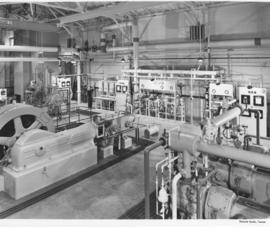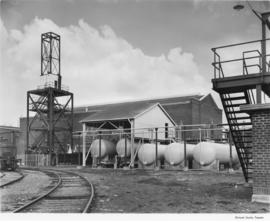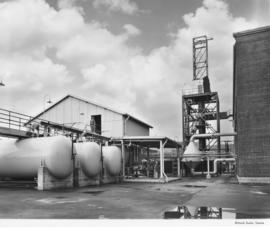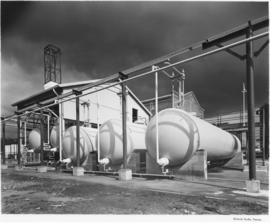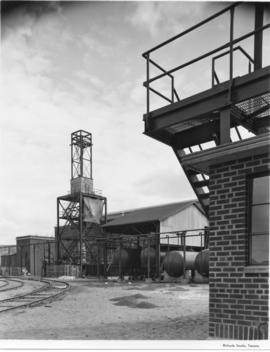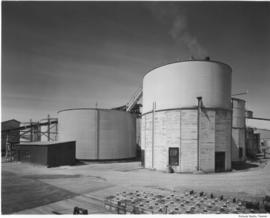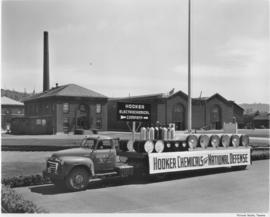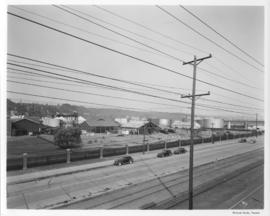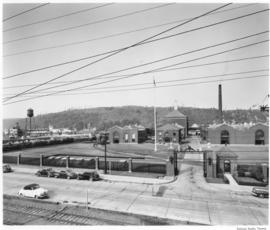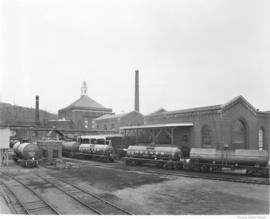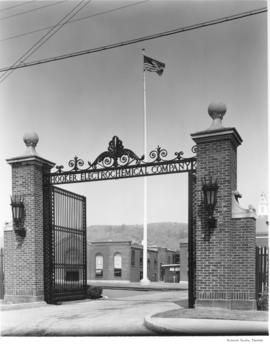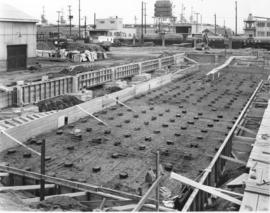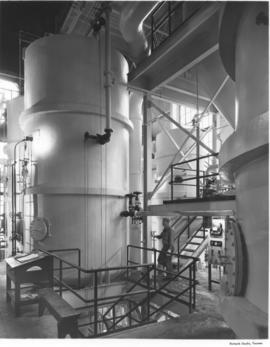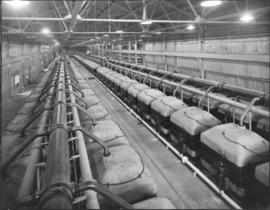- Item
- 1952
Part of Richards Studio Photographs
ca. 1952. Interiors new anhydrous ammonia plant, Hooker Electrochemical. The new $2 million plant was completed in May of 1952. The plant had an output of 40 tons every 24 hours. Eighteen men were employed in the plant, which operated 24 hours a day, seven days a week. The plant began operation in June of 1952 with its entire production already contracted for. Plans were made immediately for a $6 million dollar expansion. (TNT 10-19-1952)
Hooker Electrochemical Co. (Tacoma); Factories--Tacoma--1950-1960; Chemical industry--Tacoma--1950-1960;
